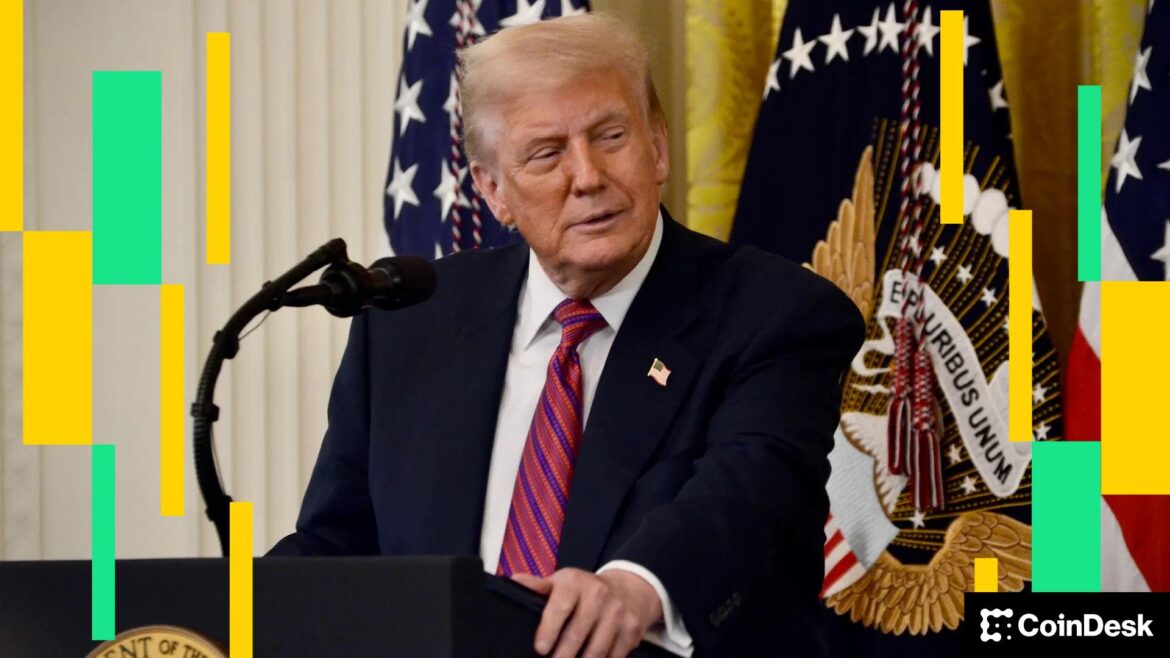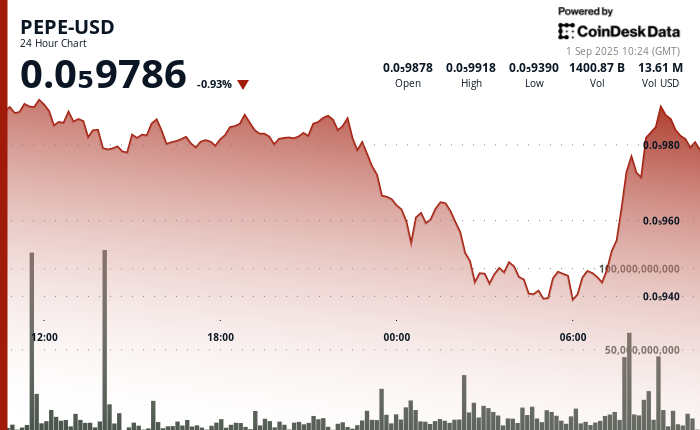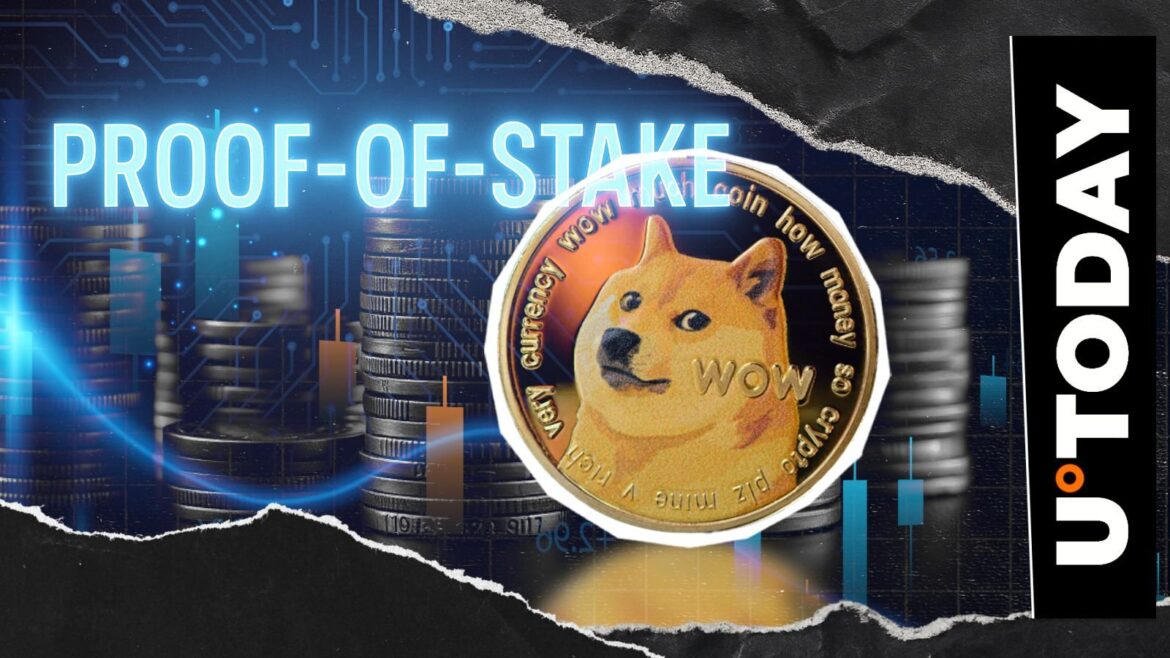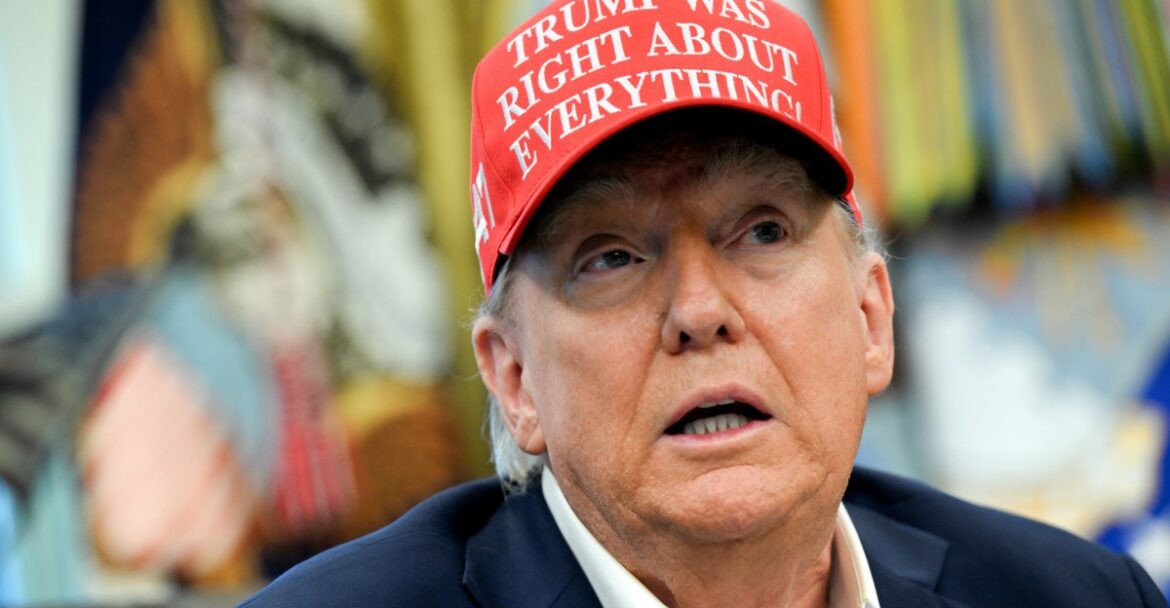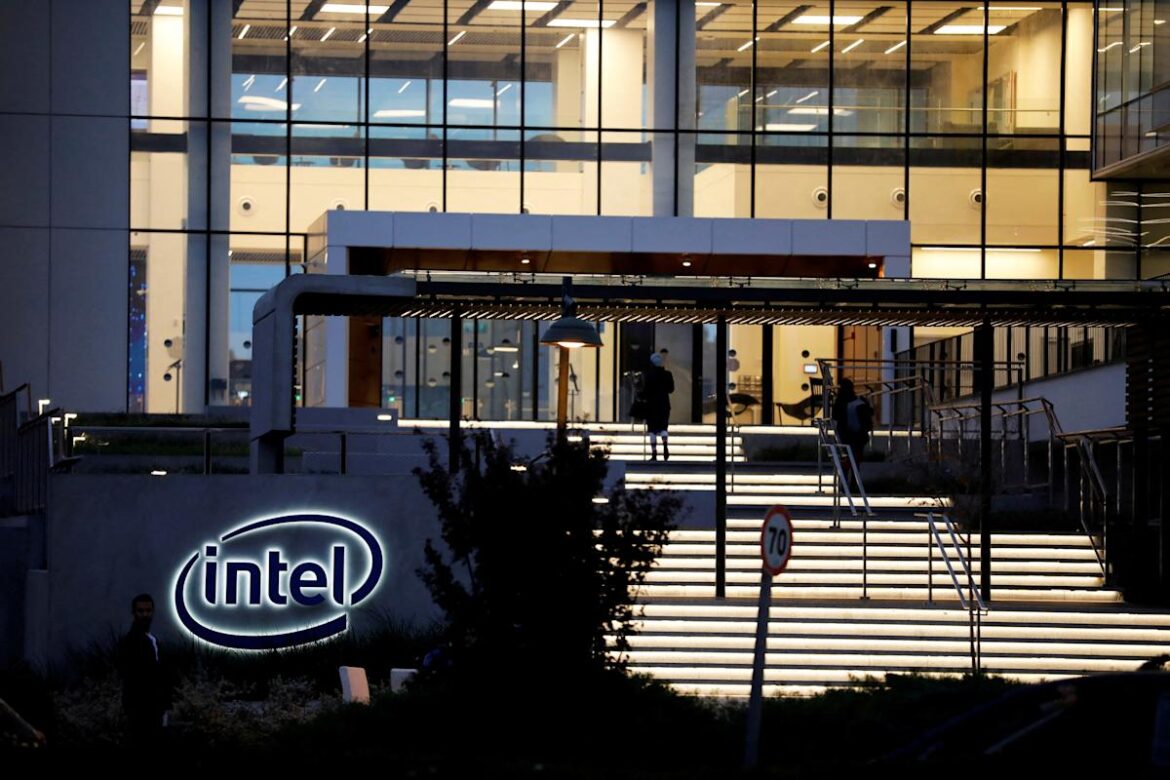MGX, a fund backed by Dubai’s ruling family, will take a 15% stake in TikTok’s U.S. business as part of a restructuring meant to increase American control of the popular video app, the Washington Post reported Friday.
The investment, led by Sheikh Tahnoon bin Zayed Al Nahyan, brings MGX into a partnership with Oracle, the database giant co-founded by Larry Ellison. Together, the two will hold roughly 45% of TikTok’s U.S. entity. With other U.S. investors involved, American companies are expected to own more than 65% of the business.
TikTok’s Chinese parent, ByteDance, will remain a significant shareholder, keeping a 19.9% stake in the U.S. arm, according to the Guardian. That arrangement appears designed to ease concerns in Washington, where President Trump has repeatedly pressed for tighter scrutiny of the app’s ownership and data practices.
MGX’s role in the deal adds another layer of intrigue. Earlier this year, the fund bought $2 billion worth of USD1, a stablecoin launched by Donald Trump’s World Liberty Financial. The token is backed by U.S. Treasuries, cash and equivalents, and is pitched as a way for people to access financial services without banks. MGX has already deployed USD1 in its investment in crypto exchange Binance, signaling its willingness to use the stablecoin in large-scale deals.
For MGX, the TikTok stake provides a high-profile foothold in the U.S. social media market, where the platform’s influence over culture and advertising continues to expand.

